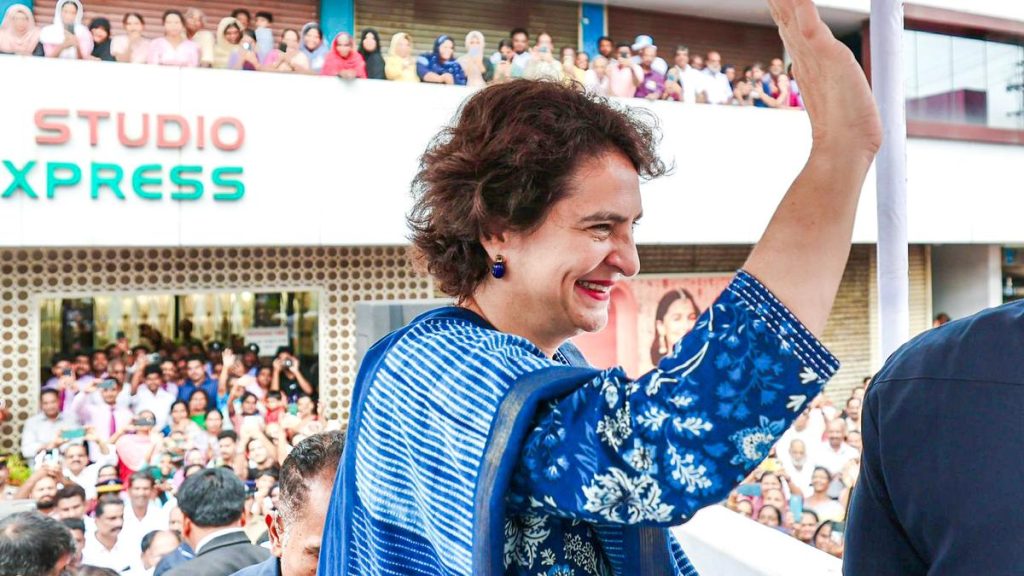Now Reading: Lessons from the Ramayana
-
01
Lessons from the Ramayana
Lessons from the Ramayana

Quick Summary
- The Ramayana highlights discipline, pure thoughts, and good conduct as fundamentals of a good civilisation.
- Sri Rama is depicted as a virtuous figure who upholds justice without compromising ethics.
- Sri Damodhara Dikshitar discussed decision-making within families for collective welfare.
- Vaali disregarded advice from his wife Tara about fighting Sugreeva again and later implored Rama to care for his son Angadha.
- Rama assured Vaali he woudl care for Angadha with compassion similar to Vaali’s own care.
- The discourse emphasized the timeless virtues taught in the Ramayana and its deep impact on individuals.
Indian Opinion Analysis
The discourse on the Ramayana by Sri Damodhara Dikshitar underscores the enduring cultural and ethical values that continue to resonate within Indian society. Emphasizing family welfare in decision-making highlights societal expectations of collaborative thinking over individual impulses. The narrative of Vaali’s end demonstrates ideals such as compassion and duty towards future generations, which are universally relevant. As a moral compass, the Ramayana serves not only religiously but also socially by reinforcing moral education, reflecting its profound influence throughout Indian culture.

























